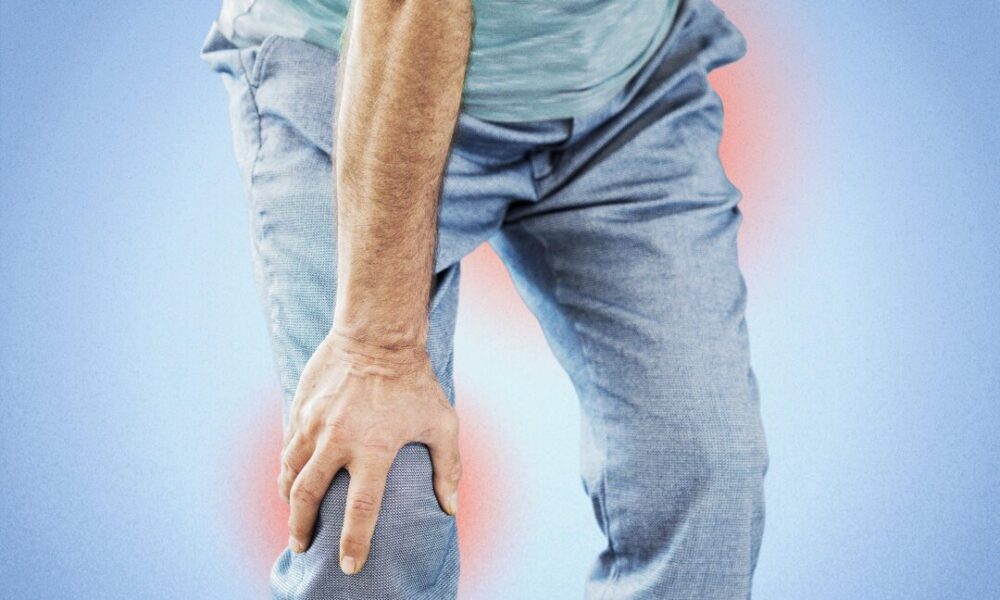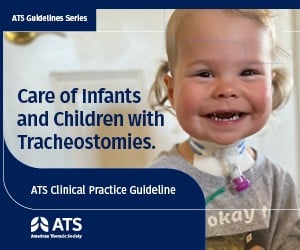Knee pain is a common complaint, but recent insights suggest that the source of discomfort may not reside in the knee itself. Physical therapist Smita Rao emphasizes that many patients unknowingly suffer from hip-related issues that manifest as knee discomfort. This surprising connection highlights the importance of comprehensive assessments in diagnosing joint pain.
A national survey conducted by The Ohio State University Wexner Medical Center found that the majority of adults in the United States are unaware of how hip problems can affect other areas of the body. The survey, which included over 1,000 adults, revealed that approximately 72 percent of respondents did not recognize that knee pain could originate from the hip. This lack of awareness contributes to ineffective treatment approaches, leaving many individuals frustrated with persistent pain.
In addition to knee pain, the survey indicated that a significant number of participants were also unaware that hip issues could lead to groin pain, with 69 percent of respondents indicating a lack of knowledge about this connection. Similarly, 66 percent were unfamiliar with the potential for hip problems to cause thigh pain. These findings underscore the need for increased education and awareness regarding the interconnected nature of musculoskeletal pain.
Understanding these relationships is crucial for effective management of pain. Patients often resort to stretching, new footwear, or over-the-counter medications in an attempt to alleviate knee discomfort, but these measures may not address the underlying issue. By recognizing that the hip may be the source of the problem, healthcare providers can offer more targeted interventions.
Rao notes that many patients walk into her clinic with referrals for knee or back pain, only to discover that the hip is the hidden culprit. This pattern suggests a systemic issue in how joint pain is understood and treated.
Healthcare professionals are encouraged to adopt a holistic approach when assessing patients. A thorough evaluation of the hip’s function and range of motion can provide valuable insights into the root cause of knee pain. Techniques such as physical therapy, targeted exercises, and appropriate medical interventions can effectively address issues stemming from the hip, ultimately leading to improved patient outcomes.
As awareness grows regarding the connections between different joints, patients are likely to benefit from more accurate diagnoses and tailored treatment plans. Education campaigns aimed at both the public and healthcare providers could play a significant role in bridging this knowledge gap.
In summary, the relationship between knee pain and hip problems is one that deserves greater attention. By acknowledging that discomfort in one area may reflect issues in another, individuals can seek more effective solutions, enhancing their overall quality of life.







